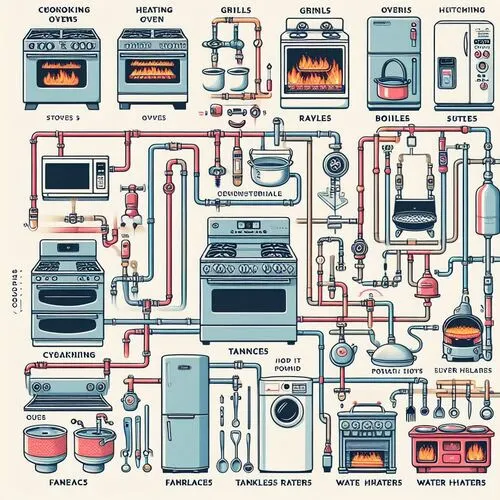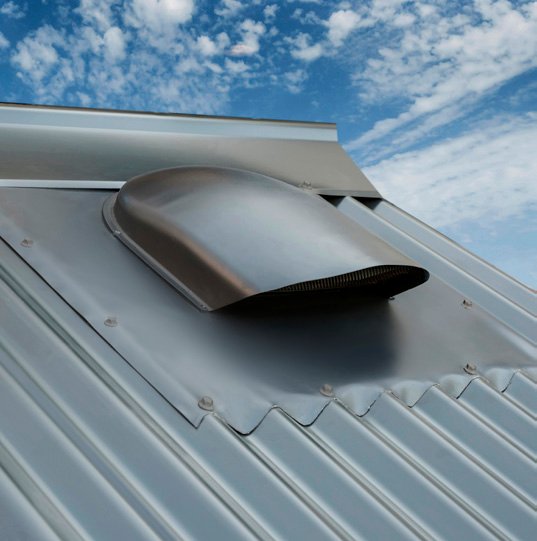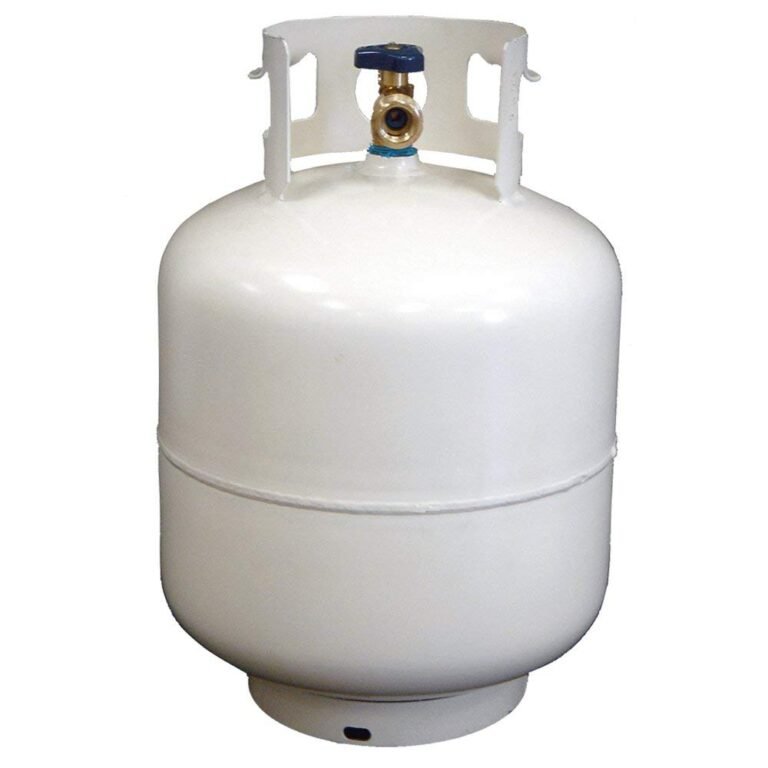Gas Appliances: A Modern Guide
I. Introduction
Did you know gas dryers outnumber electric models in 70% of US homes? In a rapidly advancing technological landscape, gas appliances continue to hold their ground, particularly in cooking and heating applications. This article aims to provide a comprehensive exploration of gas appliances, ranging from ovens to dryers. We’ll delve into their benefits, drawbacks, and key considerations for homeowners.
II. what are the Types of Gas Appliances?
The types of Gas appliances are:
Gas Cooking Appliances: A Culinary Symphony
Gas cooking appliances bring a level of precision, control, and efficiency that resonates with culinary enthusiasts. Let’s explore the diverse world of gas cooking, from stoves to grills and beyond.
1. Gas Stoves:
Gas stoves stand as the cornerstone of many kitchens, offering a range of features that elevate the cooking experience.
- Burner Types:
- Open Flame: Traditional and versatile.
- Sealed: Enhanced safety and easier cleaning.
- Induction-Hybrid: Combines the efficiency of induction with the precision of gas.
- Oven Features:
- Convection: Even cooking through a fan.
- Self-Cleaning: Convenient maintenance.
In comparison with electric options, gas stoves excel in providing chefs with unparalleled control over the heat, precision in cooking, and superior energy efficiency.
2. Gas Grills:
Gas grills extend the joy of cooking outdoors, offering both convenience and a unique grilling experience.
- Outdoor and Indoor Options:
- Natural Gas and Propane: Provide consistent heat for outdoor barbecues.
- Indoor Grills: Bring the grilling experience inside, offering versatility.
- Specialized Gas-Powered Appliances:
- Smokers: Infuse rich flavors into meats.
- Pizza Ovens: Create authentic, crispy pizzas at home.
The versatility of gas grills goes beyond traditional barbecues, offering the ability to smoke meats or bake pizzas with the same efficiency and precision.
3. Other Gas-Powered Cooking Appliances:
Beyond stoves and grills, the world of gas cooking embraces a variety of specialized appliances.
- Rotisseries: Experience the slow, even cooking of rotisserie-prepared dishes.
- Griddles: Achieve consistent heat for perfect pancakes and seared delights.
- Wok Burners: Harness high temperatures for stir-frying.
- Specialty Cooktops: Explore unique designs tailored to specific cooking needs.
Encouraging further exploration of these gas-powered delights opens the door to a culinary adventure, where the precision of gas meets the creativity of the chef.
Heating and Hot Water Gas appliances
The Gas heating appliances are:
Furnaces: Navigating the Heating Landscape with Gas Appliances
Gas furnaces are the stalwarts of home heating, and understanding the nuances of different types is crucial for optimal comfort and efficiency.
1. Conventional Gas Furnaces:
- Characteristics: Utilize a single heat exchanger to generate warm air.
- Suitability: Well-suited for regions with moderate climates.
- Installation: Generally simpler compared to high-efficiency models.
2. Condensing Gas Furnaces:
- Characteristics: Extract additional heat from combustion gases, increasing efficiency.
- Suitability: Ideal for colder climates, offering improved energy efficiency.
- Installation: May require special venting due to condensation.
3. High-Efficiency Gas Furnaces:
- Characteristics: Combine features of condensing furnaces for maximum efficiency.
- Suitability: Best for colder climates, providing significant energy savings.
- Installation: May involve higher upfront costs but offers long-term benefits.
Understanding the climate of your region and weighing installation considerations will guide homeowners toward the gas furnace that best suits their needs.

Boilers: Decoding the World of Gas Water Heating Appliances
Gas boilers play a vital role in providing warmth and hot water. Let’s delve into the options available.
1. Gas Tankless Boiler Models:
- Characteristics: Heat water on demand without a storage tank.
- Compatibility: Ideal for homes with varying hot water needs.
- Installation: Compact design, suitable for smaller spaces.
2. Gas Storage Boiler Models:
- Characteristics: Store and heat a reservoir of water.
- Compatibility: Suitable for homes with consistent hot water demand.
- Installation: Requires space for the storage tank, often in a basement or utility room.
Considering your household’s hot water needs and the layout of your space will guide you toward the most fitting gas boiler model.
Gas Water Heaters: Navigating the Waters of Efficiency
Gas water heaters are indispensable, and choosing the right type involves assessing various factors.
1. Gas Instant Water Heaters:
- Characteristics: Heat water as needed, providing hot water on demand.
- Emphasis: Immediate access to hot water.
- Compatibility: Suitable for smaller households or as point-of-use heaters.
2. Gas Storage Water Heaters:
- Characteristics: Store and continuously heat a reservoir of water.
- Emphasis: Consistent access to hot water.
- Compatibility: Ideal for larger households with higher hot water demands.
Consideration of recovery rates, energy efficiency, and compatibility with solar or hybrid systems will guide homeowners to the gas water heater that aligns with their needs and values.
Gas Laundry Appliances: Drying with Efficiency
Gas dryers are a cornerstone of efficient laundry care. Let’s explore their variations and advantages.
what are the Types of Gas Dryers:
There are different types of dryers but the Types of Gas Dryers are:
- Vented Gas Dryers:
- Advantages: Cost-effective and efficient drying.
- Consideration: Requires proper venting.
- Ventless Gas Dryers:
- Advantages: Versatile installation, no external venting needed.
- Consideration: Generally longer drying times.
- Front-Load and Top-Load Gas Dryers:
- Advantages: Faster drying times and reduced wear on clothes.
- Consideration: Front-loaders may require bending for loading.
Understanding the specific advantages of each type will aid homeowners in choosing a gas dryer and gas dryer manufacturers that aligns with their laundry preferences.

Gas Outdoor Living Appliances: Bringing Warmth to Open Spaces
Gas appliances extend their reach beyond the confines of the home, enhancing outdoor living spaces.
1. Gas Fireplaces:
- Ambiance and Warmth: Provide a cozy atmosphere without the hassle of wood-burning.
- Comparison: Cleaner and more convenient compared to wood-burning or electric alternatives.
2. Outdoor Gas Fire Pits:
- Entertaining Appeal: Enhance outdoor gatherings with the charm of a gas fire pit.
- Advantages: Instant flames and adjustable heat settings.
3. Gas-Powered Pool and Spa Heaters:
- Efficiency: Quickly heat pools and spas for year-round enjoyment.
- Consideration: Installation requirements and operational costs.
Gas outdoor appliances offer a unique blend of warmth, convenience, and entertainment, transforming open spaces into inviting retreats.
III. what are the Benefits of Gas Appliances?
The Benefits of Gas Appliances are:
- Precise Control and Responsiveness
- Instant heat adjustment for cooking perfection.
- Consistent Performance
- Maintenance of heat during power fluctuations.
- Versatility and Cooking Experience
- High temperatures for searing, stir-frying, and unique flavors.
- Fuel Efficiency
- Potential cost savings, especially in regions with lower natural gas prices.
- Environmental Impact
- Cleaner burning nature of natural gas and ongoing research into renewable sources like biogas.
IV. what are the Drawbacks and Considerations?
The Drawbacks and Considerations of Gas appliances are:
- Safety Concerns
- Potential leaks, carbon monoxide risks, and the importance of ventilation and maintenance.
- Installation and Maintenance
- Need for qualified professionals for optimal performance and safety.
- Limited Availability
- Acknowledge regional variations in gas infrastructure.
- Future Uncertainties
- Briefly discuss potential regulatory impacts on gas appliances.
V. Making an Informed Choice
When it comes to choosing between gas and electric appliances, homeowners must carefully evaluate their needs across various categories: cooking, heating, hot water, and laundry. This guide aims to assist in this decision-making process, emphasizing factors such as budget, usage patterns, environmental concerns, and future considerations.
A. Cooking
- Budget:
- Compare the upfront costs of gas and electric stoves, considering installation expenses for gas appliances.
- Usage Patterns:
- Evaluate your cooking habits. If you prefer precise temperature control and faster heating, gas stoves might be more suitable.
- Environmental Concerns:
- Consider the environmental impact. While gas is generally cleaner burning, electric appliances may be more environmentally friendly in regions with a high percentage of renewable energy sources.
- Future Considerations:
- Research advancements in cooking technology. Gas appliances with smart features may align with future trends.
B. Heating
- Budget:
- Compare the installation and operational costs of gas and electric heating systems, factoring in potential energy savings.
- Usage Patterns:
- Assess your heating needs. Gas furnaces often provide more immediate and consistent warmth, but electric systems might be preferable in specific climates.
- Environmental Concerns:
- Consider the environmental impact of your heating choice. Gas furnaces emit fewer greenhouse gases, but electric options may be cleaner in regions with renewable energy.
- Future Considerations:
- Explore the potential for hybrid heating systems that combine gas and electric elements for efficiency.
C. Hot Water
- Budget:
- Compare the costs of gas and electric water heaters, factoring in installation, operational efficiency, and potential long-term savings.
- Usage Patterns:
- Evaluate your hot water usage. Gas water heaters often provide faster recovery rates, making them suitable for larger households.
- Environmental Concerns:
- Consider the environmental impact. Gas water heaters are generally more energy-efficient, but electric options may be preferable in certain contexts.
- Future Considerations:
- Investigate emerging technologies like heat pump water heaters for increased energy efficiency.
D. Laundry
- Budget:
- Compare the initial costs and operational expenses of gas and electric dryers, considering factors like drying speed and energy efficiency.
- Usage Patterns:
- Assess your laundry habits. Gas dryers are often faster, but electric models might be more suitable for specific clothing types.
- Environmental Concerns:
- Consider the environmental impact. While gas dryers may have lower operational costs, electric dryers could be more environmentally friendly in certain regions.
- Future Considerations:
- Look into innovations such as heat pump dryers for improved energy efficiency.
E. Comparative Analysis
| Criteria | Gas | Electric |
|---|---|---|
| Budget | Consider installation costs | Evaluate initial and operational costs |
| Usage Patterns | Faster heating, precise control | Dependent on specific appliance and preferences |
| Environmental Concerns | Generally cleaner burning | May be cleaner in regions with high renewable energy |
| Future Considerations | Research smart features and advancements | Explore emerging technologies and hybrid systems |

VI. Conclusion
We began our journey by uncovering the prevalence of gas dryers in 70% of US homes, setting the stage for a comprehensive exploration. From the sizzling precision of gas stoves to the comforting warmth of gas fireplaces, each category presented unique considerations for prospective buyers.
Benefits such as precise control, consistent performance, versatility in cooking, fuel efficiency, and a relatively lower environmental impact make gas appliances an attractive choice for many. Whether it’s the instant adjustment of heat for perfect cooking or the uninterrupted warmth during power fluctuations, gas appliances have proven their worth.
However, this exploration wouldn’t be complete without acknowledging the considerations and potential drawbacks. Safety concerns, installation and maintenance requirements, limited availability in certain regions, and the evolving energy landscape add layers to the decision-making process.
As we guide homeowners through this maze of choices, we stress the importance of a balanced perspective. It’s not just about the allure of a roaring gas flame or the convenience of electric precision—it’s about aligning these technological wonders with individual needs and priorities.
A careful evaluation, considering budget constraints, unique usage patterns, environmental concerns, and future considerations, becomes the compass in this decision-making journey. For cooking enthusiasts, the choice between the responsiveness of gas stoves and the efficiency of electric induction may shape culinary adventures. Home comfort seekers must weigh the immediate warmth of gas furnaces against the potential long-term sustainability of electric alternatives.
In conclusion, our homes are reflections of our lifestyles, and the appliances within them should harmonize with our preferences and values. The guide provided here serves as a roadmap, offering insights, comparisons, and considerations. It empowers homeowners to make informed choices, reminding them to explore further, seek professional advice, and stay attuned to the ever-changing energy landscape.
In this symphony of gas and electric appliances, each note plays a role in the daily rhythm of our lives. Let the melody guide you towards a harmonious and informed decision that aligns with the unique needs and aspirations of your home.







